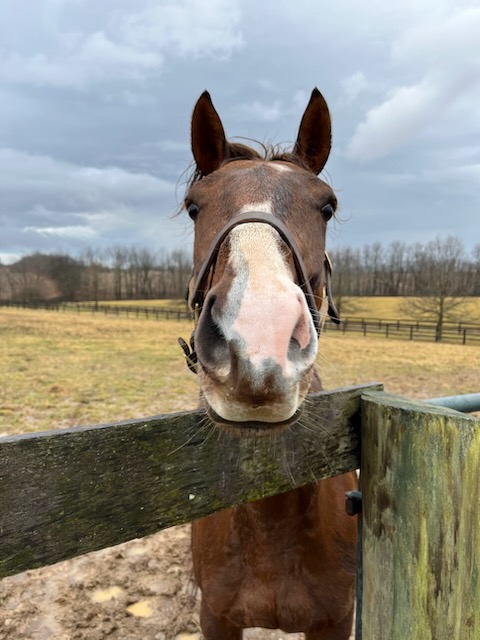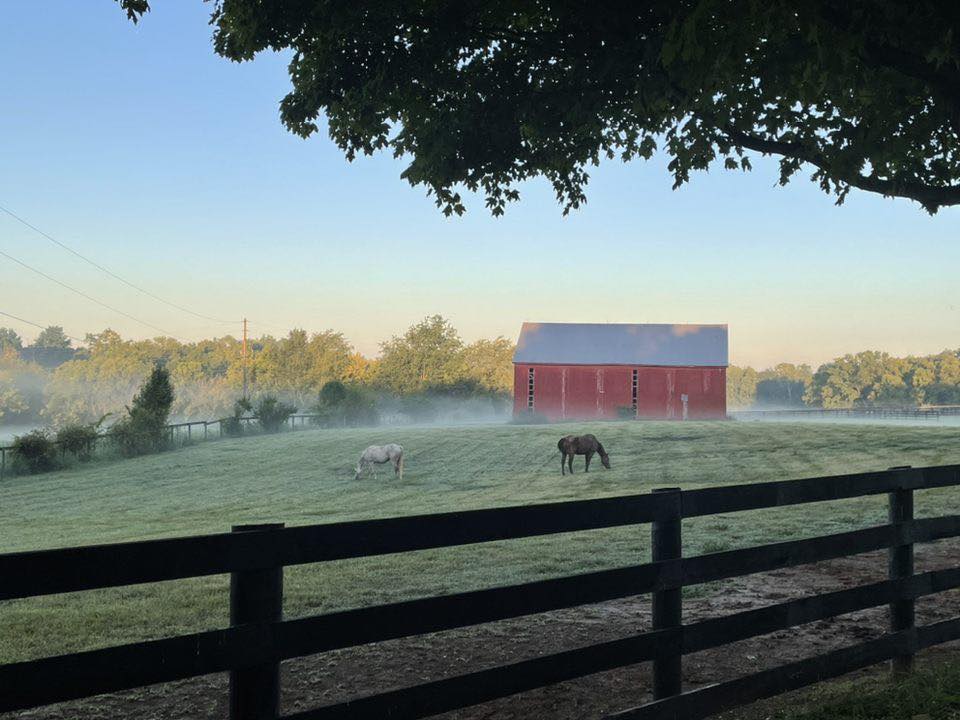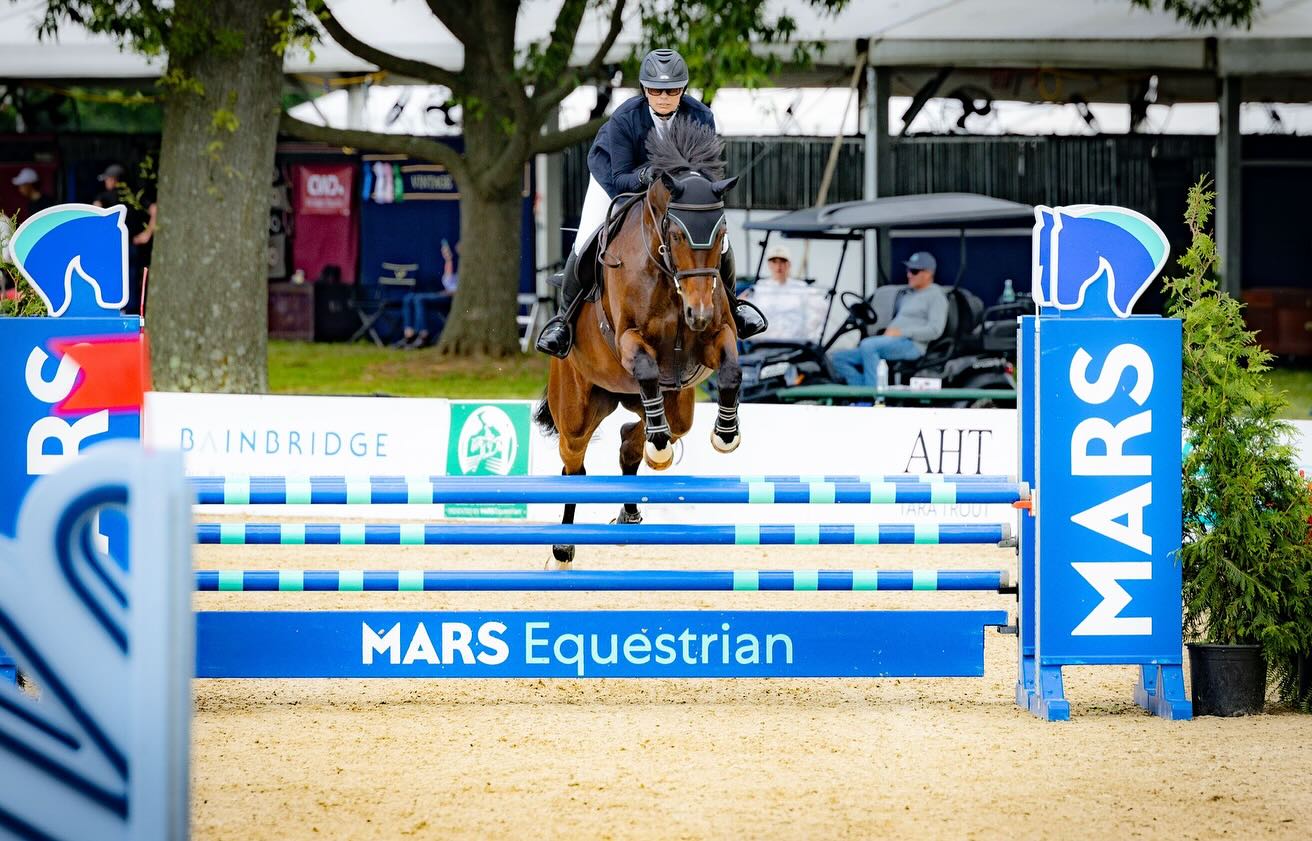Southern California Equestrian Sports (SCES), an equestrian non-profit organization specializing in fundraising support, is thrilled to announce the allocation of eleven grants to the equestrian community.
Riders in various disciplines were awarded. Among them, Olympians, Para Equestrian athletes, promising young professionals, and individuals who demonstrated long term dedication to their sports. Avery Brown ($4,500), Sarah Mason-Beatty ($2,000), and Mia Rodier-Dawallo ($1,500) were recognized in Dressage. Three-Day Eventers Lauren Billys Shady ($3,000), Allison Springer ($3,000), Kaylawna Smith-Cook ($1,800) and Jordan Crabo ($1,500) were additionally named as athlete recipients.
In addition to grants given to the athletes, SCES also awarded grants to Desert International Horse Park ($5,000), Nilforushan Equisport Events ($1,500), the Spokane Sport Horse Farm ($5,000) and Area VI Eventing ($5,000). In total, SCES awarded more than $30,000 in grants to assist those in the equestrian community in their pursuits.

SCES Grant Recipient, Kaylawna Smith-Cook
Photo: Sherry Stewart
“We are incredibly proud to recognize and support the outstanding achievements of our equestrian athletes” Dave Kuhlman, President of the SCES, added. “Through the generosity of our incredible donors, we are honored and proud to help a variety of organizations and events in our community. We look forward to continuing to provide support and sponsorship as much as possible in the years to come.”
SCES is known for assisting equestrians and organizers in raising tax-deductible funds to support their National and International goals. They are proud to support all this year’s recipients as a part of their mission to support horse sports and competitors in a variety of disciplines at the international levels across the country.
“I am thrilled and honored to have received a special grant from SCES recognizing my hard work and dedication to the sport! This is an incredible organization to work with and has been instrumental in my ability to train and support my equine partners on my competitive journey,” stated recipient Allison Springer.
By continuing to create innovative and inspiring opportunities for any equestrian or competition meeting the eligibility criteria, in any discipline that is nationally or internationally recognized, SCES provides qualifying parties various opportunities to continue to grow equestrian sports worldwide. SCES is open to riders in all equestrian disciplines, from a variety of countries, competing at the international levels of competition (FEI), which proudly includes Paralympic Athletes.
“Receiving support from an organization that understands the financial commitment it takes to compete at the highest levels of equestrian sports is truly an honor. I am grateful for everything Southern California Equestrian Sports does to help equestrian athletes on an ongoing basis,” said recipient Sarah Mason-Beatty.
SCES grants have given countless athletes and events opportunities that may have otherwise not been available. Funded strictly through donations and operated nearly exclusively by volunteers, SCES continues to work to assist athletes, and now equestrian events and organizations as well, raise funds to meet and surpass goals whether it be competing internationally or improving an equestrian competition.
Andrea Pfeiffer, president of the Area VI Eventing Council remarked, “Receiving a grant from SCES allowed us to host a lovely awards dinner and presentation that otherwise would not have been possible to honor our members. This was a tremendous gift, and we greatly appreciate the support of this foundation and what they do for the entire equestrian industry.”
To learn more about how SCES can help you in your fundraising efforts, please visit their website at http://www.scesports.org.
About Southern California Equestrian Sports
Southern California Equestrian Sports, Inc. (SCES) is a non-profit organization dedicated to helping equestrian riders and organizers raise tax-deductible funds to compete in and support their National and International competitions throughout the United States.
SCES is designed to help athletes and owners expand their financial resources to train and compete by allowing supporters to receive tax-deductible benefits for contributions. SCES understands the financial commitment it takes to compete at the highest levels of equestrian sports and established an organization to help foster development and competition.
SCES will consider any equestrian or competition meeting the eligibility criteria, in any discipline that is nationally or internationally recognized, for grants. The seven FEI disciplines are Combined Driving, Dressage, Endurance, Eventing, Jumping, Reining, and Vaulting.
SCES has been granted tax-exempt status under Section 501(C)3 of the Internal Revenue Code. All contributions are tax-deductible at the maximum allowed by law and donations can be made on behalf of Southern California Equestrian Sports, Inc.
To learn more about how SCES, please visit http://www.scesports.org.





































